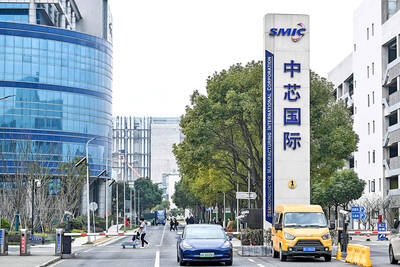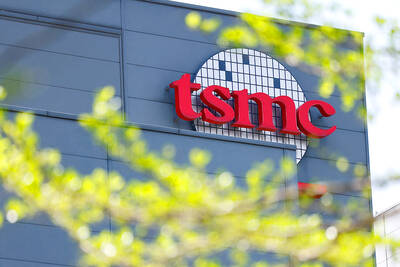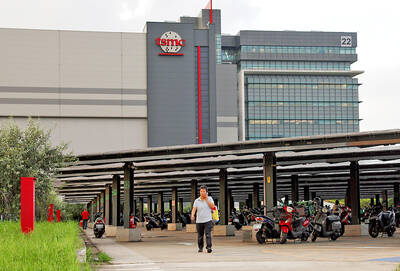US stock markets climbed steadily, if unspectacularly, this week, nearing three-year highs despite worry over rising oil prices and Europe’s slow boil debt crisis.
“Stocks were in a bear market from October 2007 until March 2009,” said Beth Ann Bovino of Standard & Poor’s (S&P). “They have now recovered much of those losses.”
The holiday-shortened week saw the Dow Jones Industrial Average hover above the symbolic threshold of 13,000 points, helping add to confidence about the growing economy and falling unemployment.
At the end of the week, the Dow was up 0.3 percent at 12,982.95 points. The NASDAQ rose 0.4 percent and the S&P 500 rose 0.3 percent.
“A stronger job market is helping the US weather headwinds from both home and abroad,” said economists at Nomura, a Japanese bank.
One of those headwinds is higher oil prices, which have been rising on tensions in Iran.
While prices have been on the rise for some time, there was renewed focus this week as US politicians talked extensively about what can be done to stem the rise in this election year.
“Oil prices are on the rise again and concerns are growing about their impact on the recovery,” IHS Global Insight economists Paul Edelstein said.
“The situation is reminiscent of early-2011, when Brent oil prices reached US$126 a barrel, creating a growth pocket in the middle of the year,” he said.
“If oil prices stay persistently high or continue to rise, growth forecasts will likely be revised downward, but it would take a much bigger spike in prices to sink the US economy back into recession,” he said.
Higher oil prices spelled a boon for the oil majors. ExxonMobil was up 2 percent for the week, and Chevron was up 2.3 percent
Airlines got the raw end of that trade. US Airways plunged 21 percent, United Continental 13 percent and Delta 12 percent for the week.
In other sectors Wal-Mart saw steep declines, down 5.9 percent following disappointing quarterly earnings. Hewlett-Packard suffered a nearly 10 percent drop after reporting a 44 percent profit fall in its fiscal first quarter.

NO BREAKTHROUGH? More substantial ‘deliverables,’ such as tariff reductions, would likely be saved for a meeting between Trump and Xi later this year, a trade expert said China launched two probes targeting the US semiconductor sector on Saturday ahead of talks between the two nations in Spain this week on trade, national security and the ownership of social media platform TikTok. China’s Ministry of Commerce announced an anti-dumping investigation into certain analog integrated circuits (ICs) imported from the US. The investigation is to target some commodity interface ICs and gate driver ICs, which are commonly made by US companies such as Texas Instruments Inc and ON Semiconductor Corp. The ministry also announced an anti-discrimination probe into US measures against China’s chip sector. US measures such as export curbs and tariffs

The US on Friday penalized two Chinese firms that acquired US chipmaking equipment for China’s top chipmaker, Semiconductor Manufacturing International Corp (SMIC, 中芯國際), including them among 32 entities that were added to the US Department of Commerce’s restricted trade list, a US government posting showed. Twenty-three of the 32 are in China. GMC Semiconductor Technology (Wuxi) Co (吉姆西半導體科技) and Jicun Semiconductor Technology (Shanghai) Co (吉存半導體科技) were placed on the list, formally known as the Entity List, for acquiring equipment for SMIC Northern Integrated Circuit Manufacturing (Beijing) Corp (中芯北方積體電路) and Semiconductor Manufacturing International (Beijing) Corp (中芯北京), the US Federal Register posting said. The

TECH TITAN: Pandemic-era demand for semiconductors turbocharged the nation’s GDP per capita to surpass South Korea’s, but it still remains half that of Singapore Taiwan is set to surpass South Korea this year in terms of wealth for the first time in more than two decades, marking a shift in Asia’s economic ranks made possible by the ascent of Taiwan Semiconductor Manufacturing Co (TSMC, 台積電). According to the latest forecasts released on Thursday by the central bank, Taiwan’s GDP is expected to expand 4.55 percent this year, a further upward revision from the 4.45 percent estimate made by the statistics bureau last month. The growth trajectory puts Taiwan on track to exceed South Korea’s GDP per capita — a key measure of living standards — a

READY TO HELP: Should TSMC require assistance, the government would fully cooperate in helping to speed up the establishment of the Chiayi plant, an official said Taiwan Semiconductor Manufacturing Co (TSMC, 台積電) yesterday said its investment plans in Taiwan are “unchanged” amid speculation that the chipmaker might have suspended construction work on its second chip packaging plant in Chiayi County and plans to move equipment arranged for the plant to the US. The Chinese-language Economic Daily News reported earlier yesterday that TSMC had halted the construction of the chip packaging plant, which was scheduled to be completed next year and begin mass production in 2028. TSMC did not directly address whether construction of the plant had halted, but said its investment plans in Taiwan remain “unchanged.” The chipmaker started